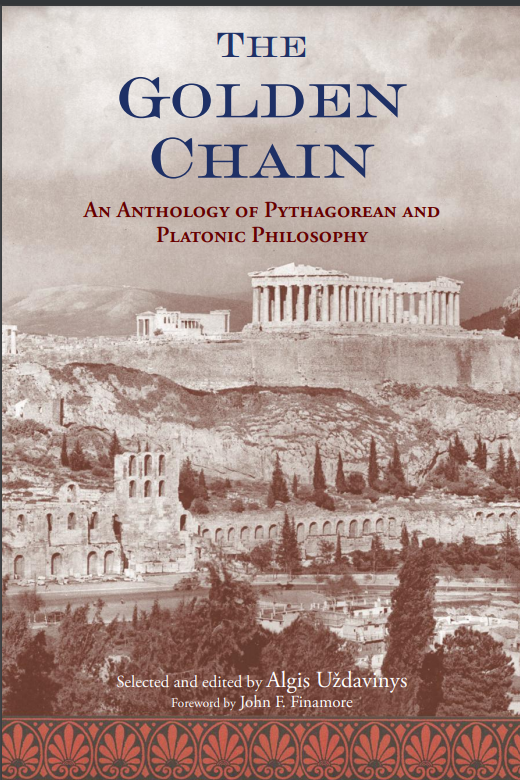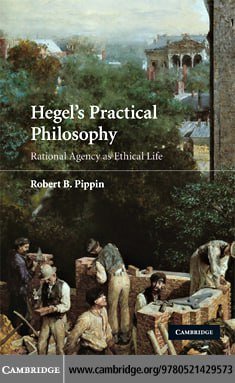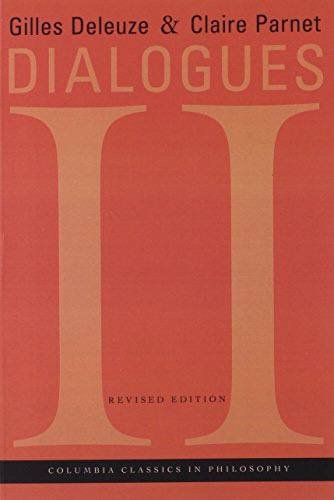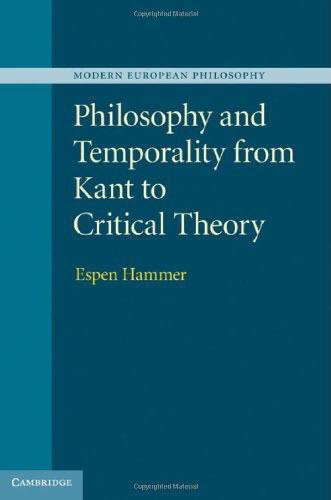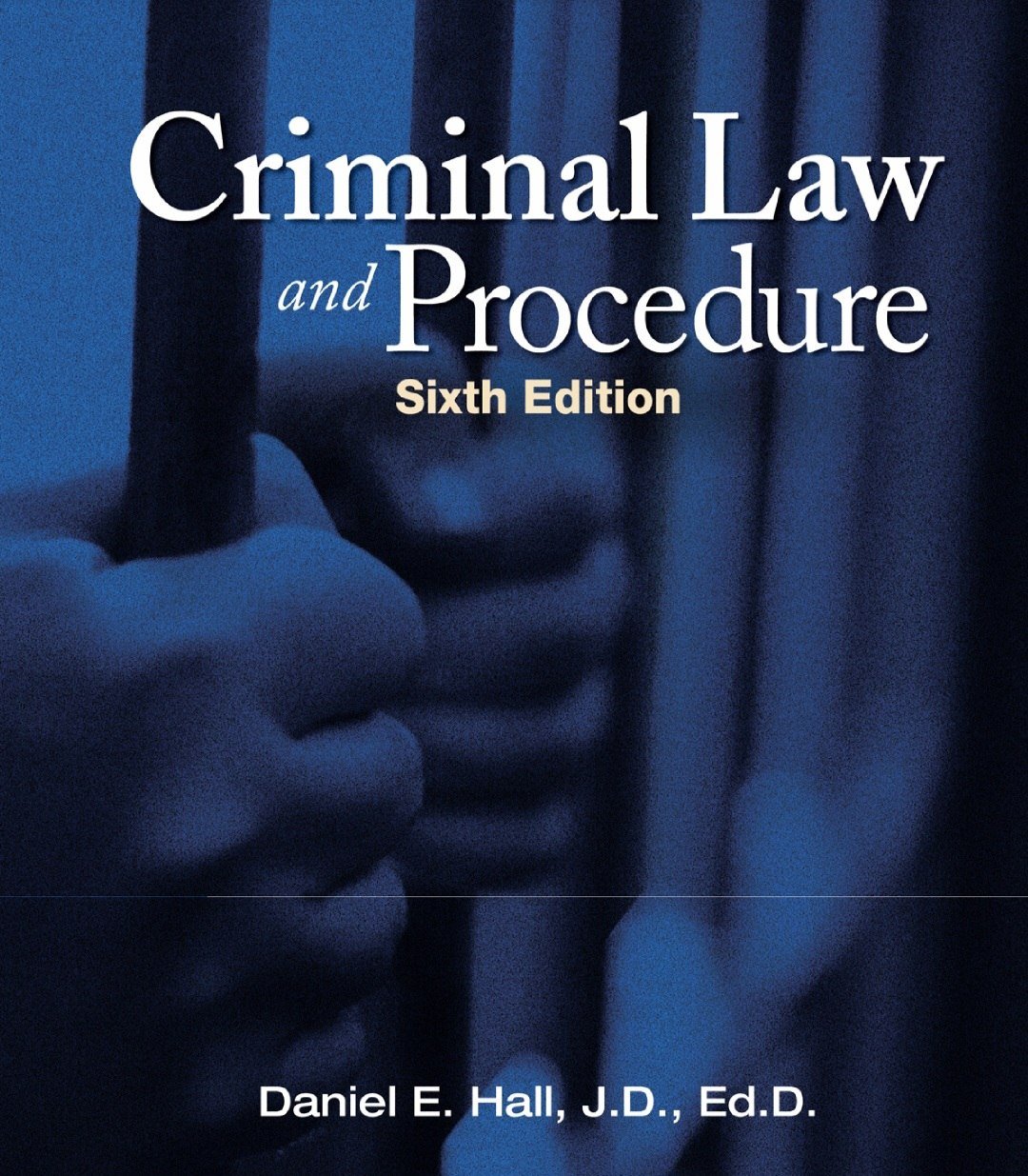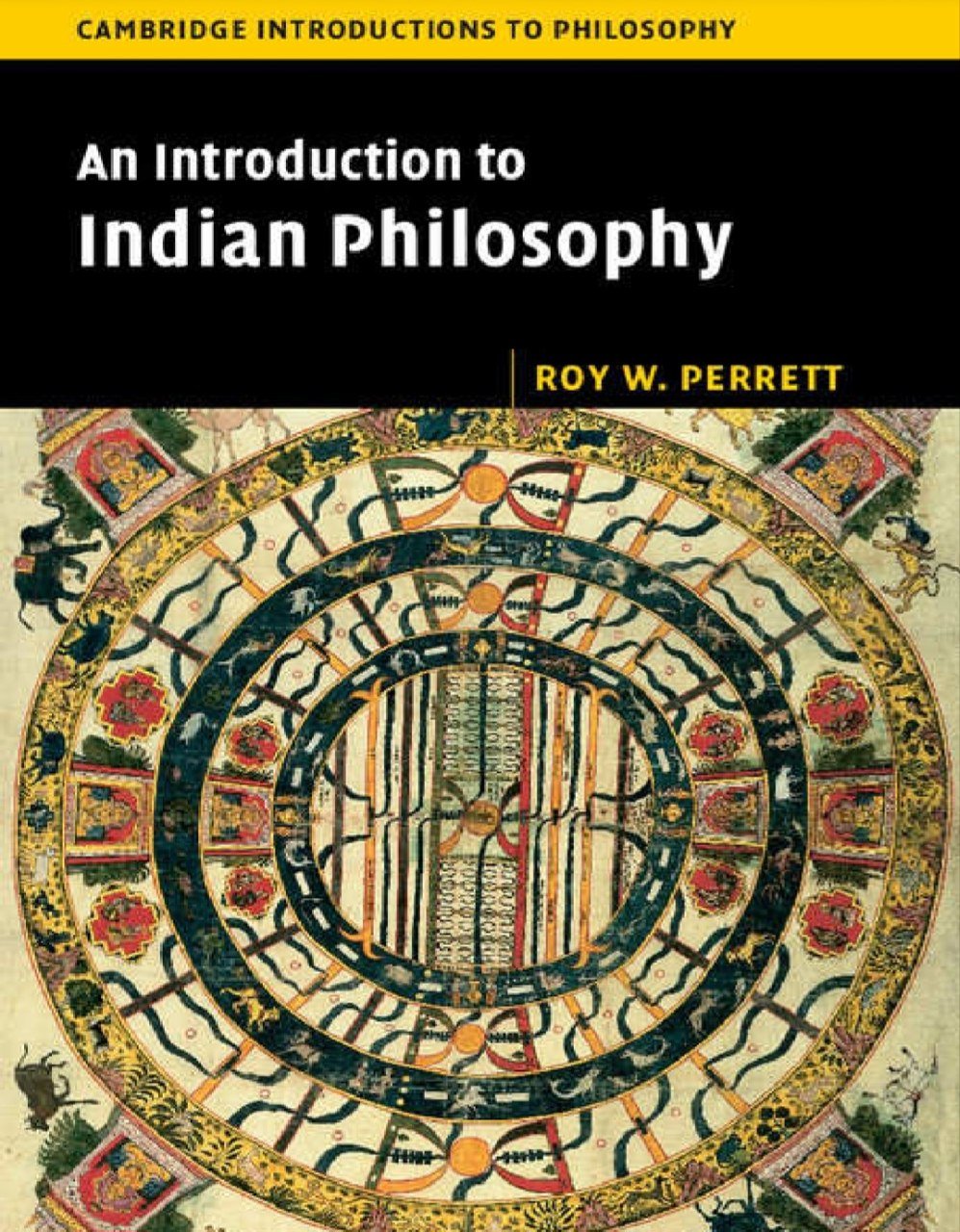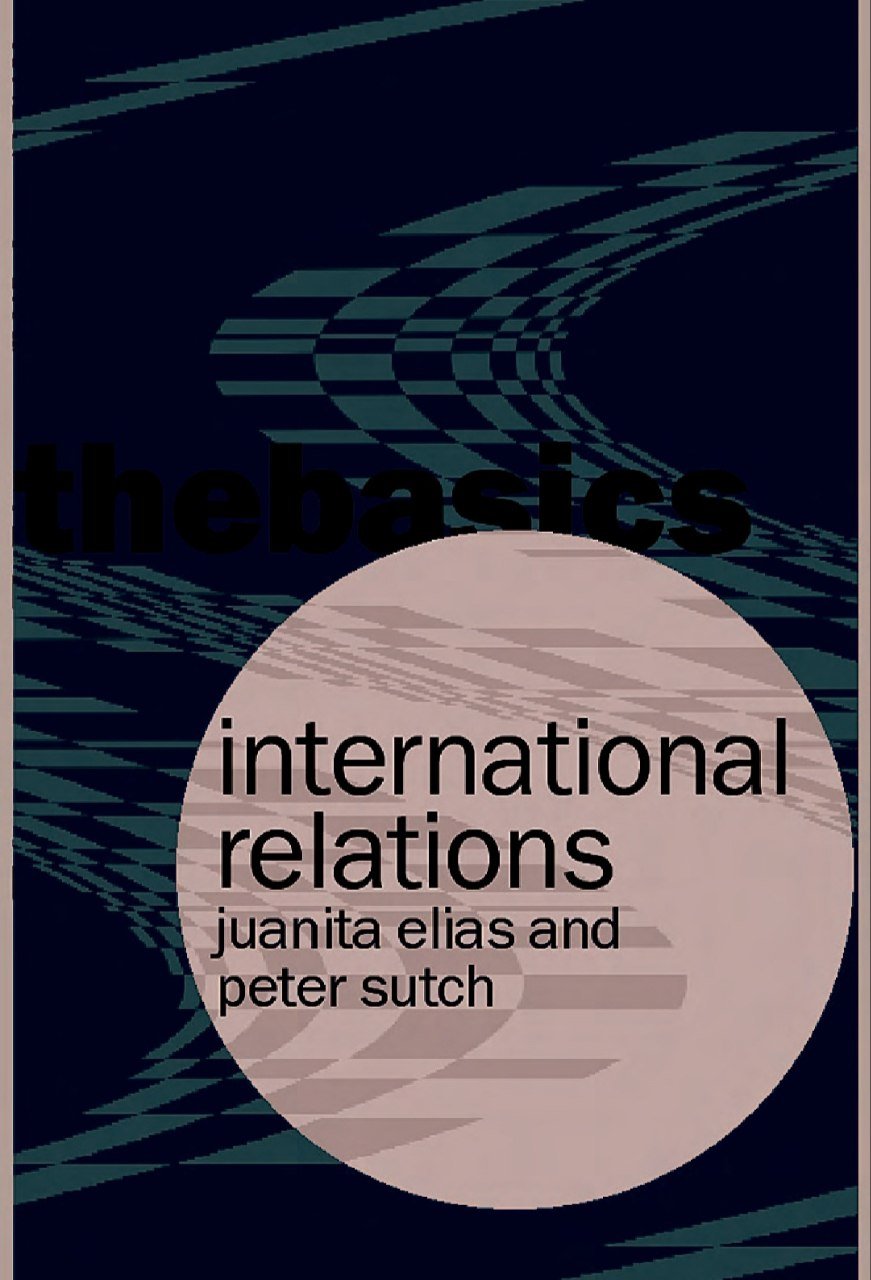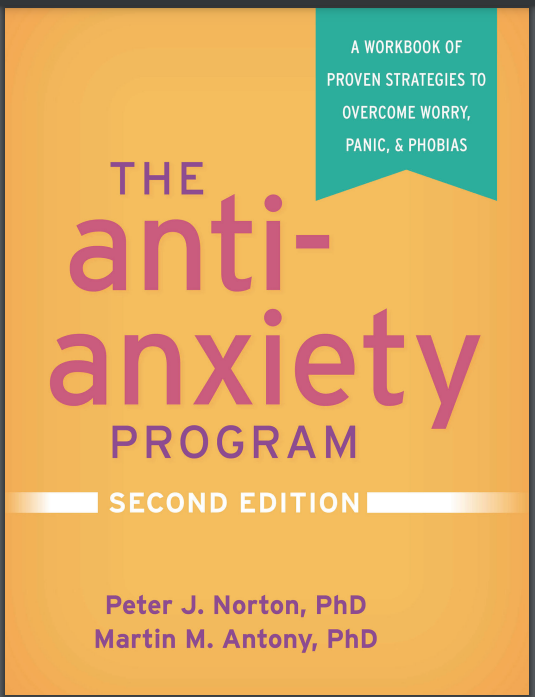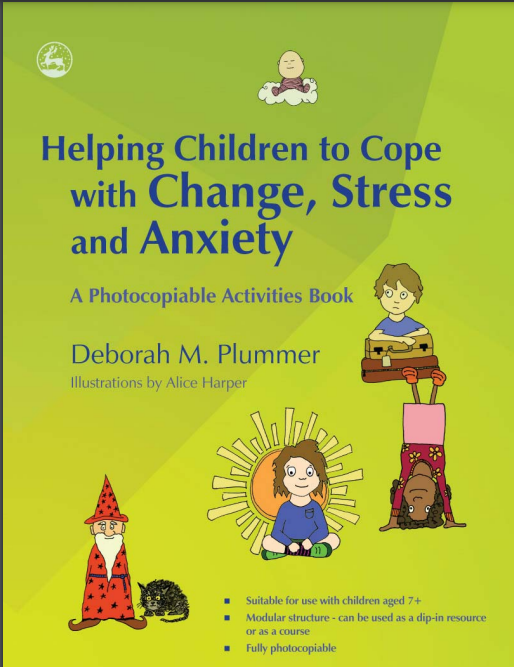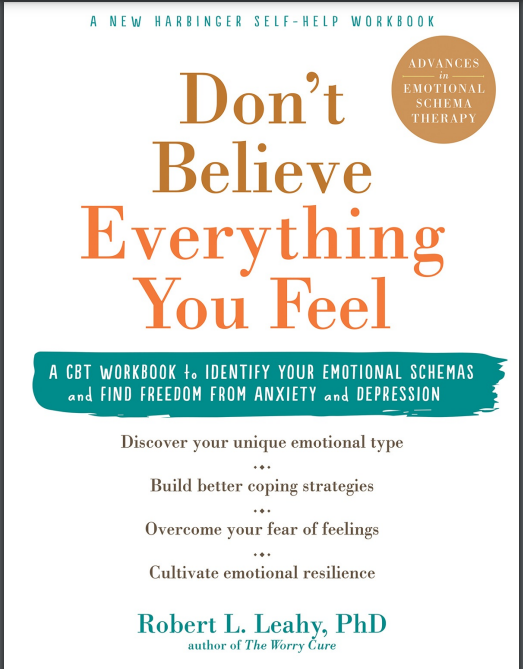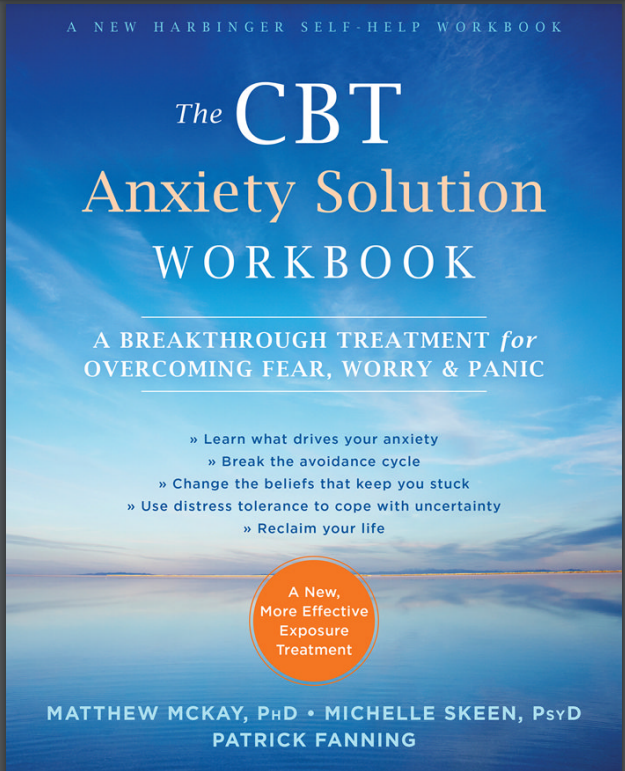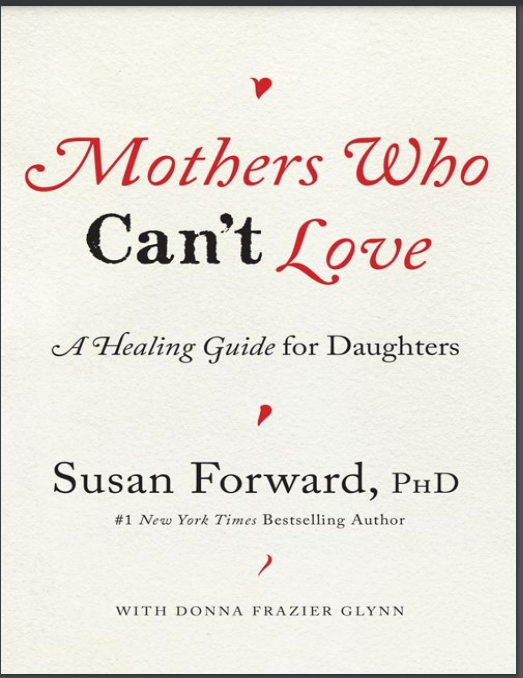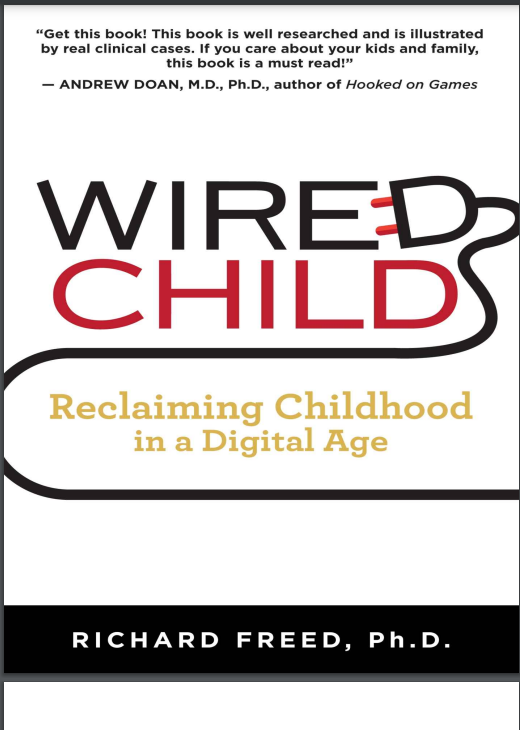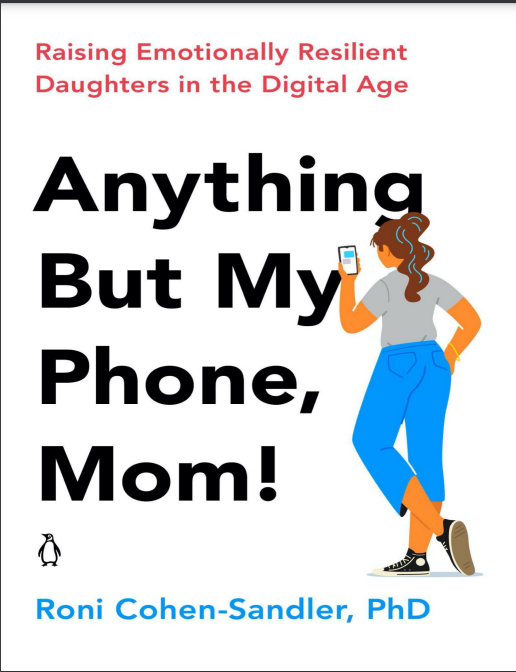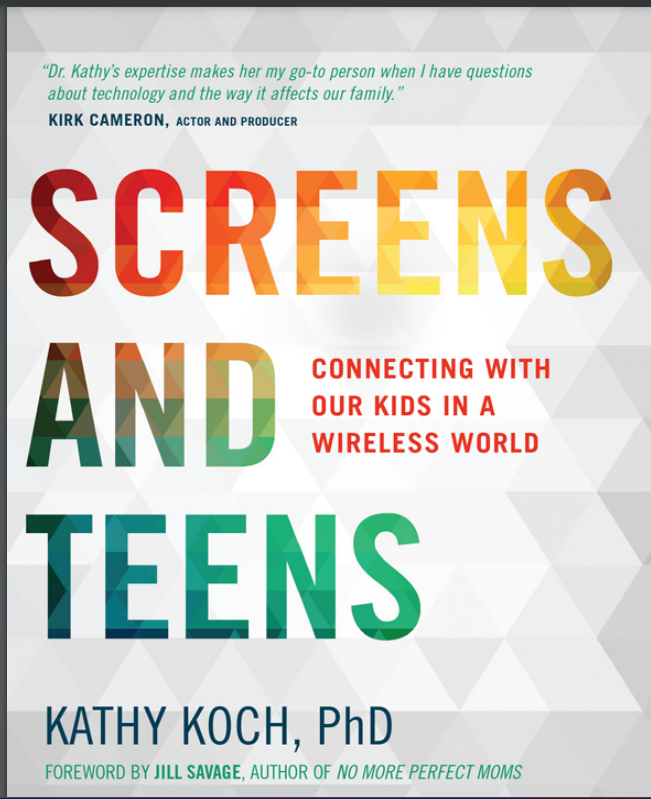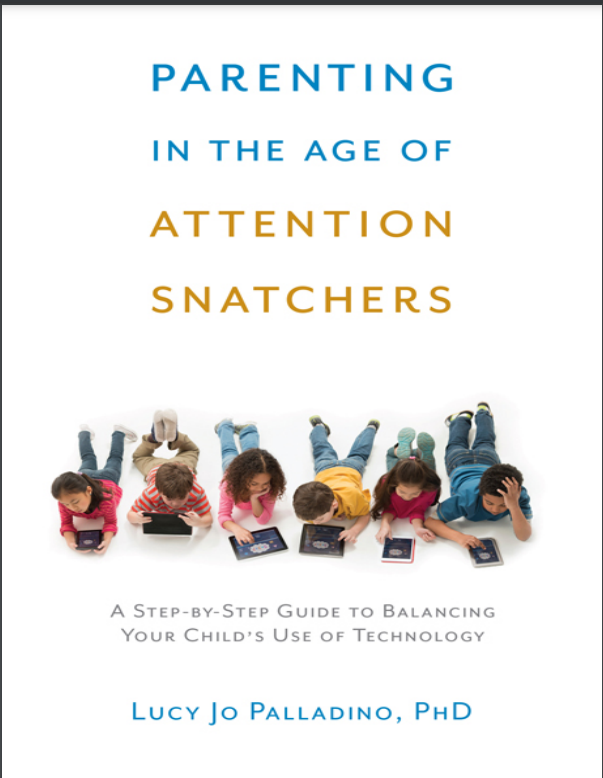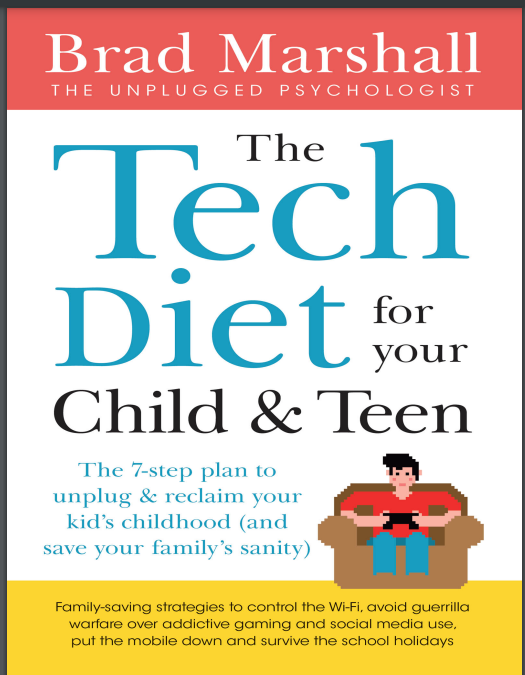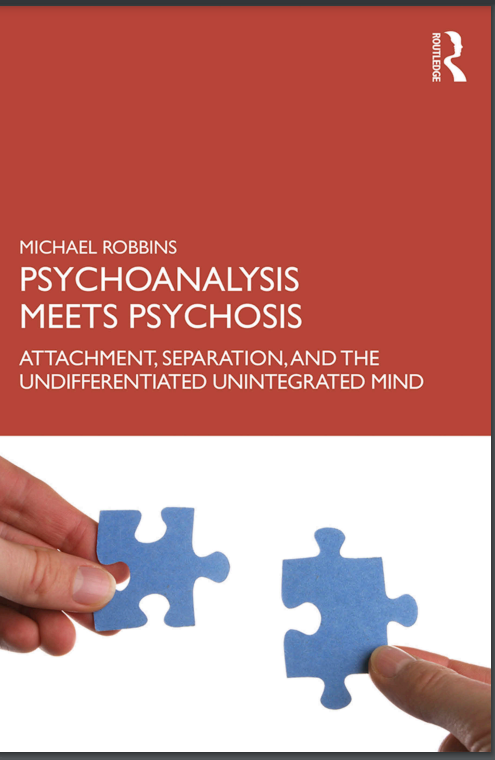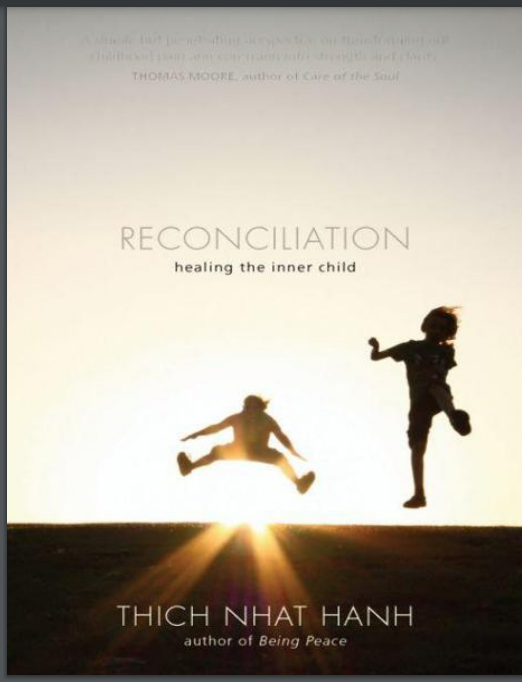

Aesthetics and Politics
Reviews
No review yet. Be the first to review this book!
Description
Aesthetics and Politics is a seminal collection of essays and debates by five of the most influential Marxist theorists of the 20th century—Ernst Bloch, Georg Lukács, Bertolt Brecht, Walter Benjamin, and Theodor Adorno. The book critically examines the complex relationship between art, literature, culture, and politics, exploring how aesthetics intersects with ideology, class struggle, and social transformation. Through these intellectual exchanges, the text provides a rich and often contentious discussion about realism, modernism, and the political responsibilities of art. Overview of the Book The book is structured around key essays and arguments by each thinker, reflecting their perspectives on how art should engage with social and political realities. The fundamental debates revolve around modernist vs. realist aesthetics, the role of art in social change, and whether art should be politically engaged or autonomous. Key Thinkers and Their Contributions: 1. Georg Lukács – Defending Realism Lukács, one of the most prominent Marxist literary critics, argues for the superiority of realism over modernism. He sees realism, particularly as exemplified in 19th-century literature (like Balzac and Tolstoy), as the most effective means of revealing the contradictions of capitalist society. He criticizes modernist literature (Joyce, Kafka, Beckett) for being subjective and fragmented, arguing that it reflects a distorted view of reality rather than engaging with the totality of social conditions. 2. Bertolt Brecht – The Political Function of Art Brecht, a revolutionary playwright and theorist, fundamentally disagrees with Lukács. He champions modernist and experimental approaches, arguing that art should be politically engaged but also self-critical and dialectical. He develops his Epic Theatre concept, which aims to alienate audiences from passive consumption and make them active participants in critical thinking. Brecht believes in breaking traditional narrative structures to expose capitalist ideology and provoke revolutionary change. 3. Walter Benjamin – Art in the Age of Mechanical Reproduction Benjamin’s work bridges the gap between modernism and Marxism, emphasizing how technology, particularly in cinema and photography, transforms art and its political potential. In his famous essay The Work of Art in the Age of Mechanical Reproduction, he argues that mechanical reproduction (film, photography) erodes the “aura” of traditional art, making it more accessible and politically useful. He believes that new forms of media can democratize culture and challenge fascist aesthetics. 4. Theodor Adorno – The Autonomy of Art and Critique of Mass Culture Adorno, a member of the Frankfurt School, is deeply critical of both capitalist mass culture and certain forms of politicized art. He argues that popular culture (movies, music, television) serves capitalist ideology, reinforcing passivity rather than revolutionary consciousness. He also critiques Lukács’ rigid defense of realism, arguing that true art should be autonomous and resist easy categorization. Adorno supports modernist experimentation (such as Schoenberg’s atonal music) because it disrupts conventional forms and resists commodification. 5. Ernst Bloch – Utopian Aspects of Art Bloch focuses on the utopian dimension of art, arguing that artistic works contain a latent hope for a better future. He sees both realism and modernism as necessary, as long as they retain a transformative vision. His philosophy of “the Not-Yet-Conscious” suggests that art plays a crucial role in inspiring political and social change by offering glimpses of alternative possibilities. Central Debates in the Book: Realism vs. Modernism Lukács defends realism as the best way to reveal capitalist contradictions. Brecht and Benjamin argue for modernist experimentation to break ideological conditioning. Adorno insists on art’s autonomy from political demands. Art’s Political Role Brecht and Benjamin see art as a tool for political change. Adorno warns that politicized art can become propaganda. Bloch finds utopian potential in both realism and modernism. Culture Industry and Mass Media Benjamin embraces new media as a revolutionary force. Adorno critiques the commodification of culture under capitalism. Lukács remains skeptical of fragmented, modernist narratives. Significance and Legacy Aesthetics and Politics remains a foundational text for understanding Marxist aesthetics, cultural theory, and the role of art in society. The debates in this book continue to influence contemporary discussions on literature, film, and political art, making it essential reading for those interested in critical theory, philosophy, and the intersection of culture and politics.

















.jpg)







.jpeg)

.jpeg)




.jpeg)

.jpeg)



.jpeg)








.jpg)




.jpg)
.jpg)




.jpg)










.png)







.jpg)
.jpg)








.jpg)


